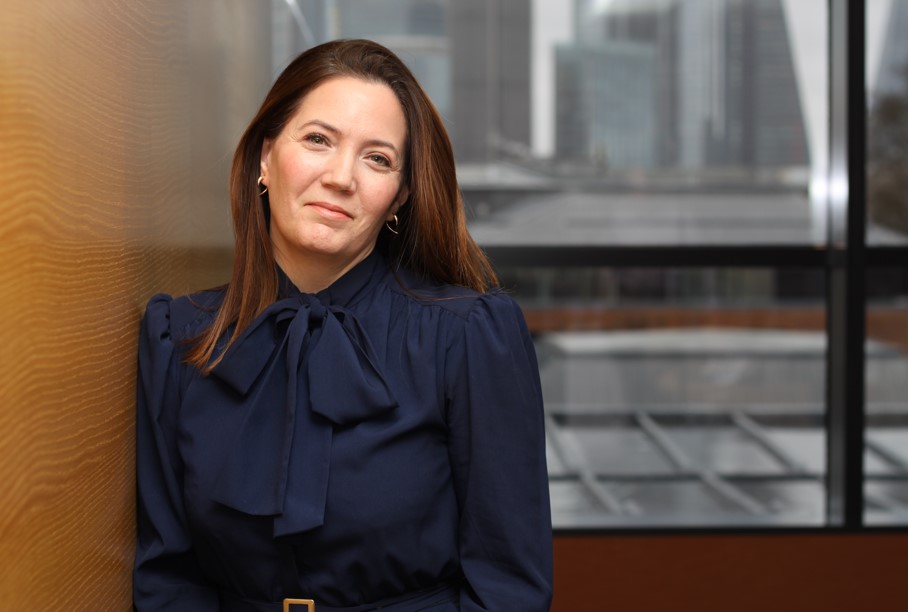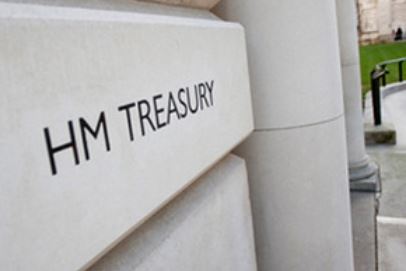While the terrorism threat risk was reduced last month from severe to substantial, the long-term threat remains. Buildings must be shock resistant, and security measures defined. Christopher Andrews reports on how business and government are attempting to achieve this
The public tends to have a short memory. In the summer of 2007, two years after the horrors of the 7/7 London bombings, concerns over impending terrorist attack had largely faded from the communal consciousness. This period of respite, however, ended abruptly with reports of attempted attacks at Glasgow Airport and the Tiger Tiger nightclub in central London, reigniting public fear and outrage over the enemy in our midst.
Fortunately, a combination of vigilance, rapid response and luck thwarted these attacks, but the results of both could have been catastrophic had they proved successful. In response, Lord West undertook his review into the security of crowded places, publishing his results in the autumn of 2007, and since there have been ongoing discussions focused on making public spaces, and buildings, more resilient to terrorist infiltration. The most recent Safer Places Consultation closed in the middle of July this year, and will further inform the government's planning to develop definitive guidelines for local authorities and businesses.
And while July may have seen the terrorist threat level reduced from 'severe' to 'substantial', that planning is by no means letting up. "The terrorism issue is a long-term matter, and all the work that's going on with the Lord West Review and crowded places is all about the long-term - ten years down the line," says DCE Chris Phillips, head of the National Counter Terrorism Security Office.
"The current terrorist threat is about causing mass casualties; killing as many people as possible," says Phillips. "Understanding the nature of that threat, we have tried to look at the likely places that terrorists will target. And again, you don't need to do a great deal of consideration to realise that crowded places are the most likely targets."
Phillips says that the ongoing review and consultation process largely involves reducing the vulnerability to conventional attacks with explosives, whether vehicle or person carried. Having determined the most likely target areas, NaCTSO and its network of counter terrorism security advisors have run those areas through a risk vulnerability matrix and developed action plans for those individual high risk targets.
These plans have been given to local authorities and police with implementation deadlines over the next two, three and five years, and government will be measuring local authorities on how they actually achieve the reductions in vulnerability laid out in the plans.
"And some of it is simple...like glazing," says Phillips. "If a bomb goes off then flying glass is what kills people. But if you change the type of glass that you have then that actually makes a big difference in stopping it from splintering. It is also looking at things like the way buildings are designed and built, and we're working with architects and planners to do something to change the nature of a building so that it doesn't collapse at the first sign of an explosion. Those are the kind of things that we're looking at."
Of course, to date most buildings haven't been designed with much consideration for potential terrorist attack, and for existing buildings this means retrofitting security measures. Indeed, businesses have been working with counter-terrorism security advisors to identify vulnerabilities and potential retrofits to counteract them for some time now, according to Richard Bingley, executive director, security and policing at London First. "And obviously it's great to design out terrorism and design out crime, but most buildings or most building development business has stalled do to the economy. So what we really need is momentum and much larger support around retrofitting buildings that already exist."
Much of this retrofitting is designed to restrict vehicles from entering spaces close to large crowds of people, or from actually driving into a building itself, but there must also be processes in place to ensure effectiveness. "It's about having a search regime, having a security culture where you do question people walking into your building rather than just allowing them to walk through," says Phillips. "That you actually have a system for understanding who the people actually are within your building. A lot of this is about process and good security makes such a big difference: CCTV cameras that work, but are actually seen to be working; security guards that actually do their job, rather than just sitting in a box and allowing people through. We know from hostile reconnaissance that good security makes a difference.
Bingley says there is concern right now among businesses that, in terms of that actual physical retrofitting, they will be expected to pay for all the changes around crowded places, "and particularly in this economic climate we need a real public private partnership in who foots the bill". Saying that, in the city of London anyway, that bill is largely going to be footed by businesses. "If you look at the ring of steel that we've got in the city of London for example, that was done [with public money] because it enhanced the city of London and protected the buildings at the time for the threat we were under," says Paul Eskriett, principal security and contingency planning adviser at City of London Corporation. "Where it's for an individual premises then it would normally be for that premises to pay for the retrofitting of security."
That is not to say that there isn't a partnership though, and the Corporation works very closely with business to make sure measures are in place where needed. "Along with the head of security for the business and specialist security experts, we will review the properties and where necessary come up with some solutions. Having done that there are a number of committees they must go through to get approval, like any planning permissions."
Eskriett says that the main conditions for retrofits are that they actually enhance security, and that they are "not detrimental to the street scene"; in other words that they look nice. "And that the company actually pays for that work to be undertaken, unless there are very good reasons why public money should be used."
Whether private companies are paying for retrofitting or not, according to Bingley, there is a question of who will actually take responsibility for security measures; who is going to oversee the entire process and ensure the correct measures are taken? As the review is still ongoing, this is yet to be decided. "I think the feeling from the business community is that, possibly, a separate organisation to local authorities should be tasked with handling this. Some businesses have suggested that the same sort of legal or monitoring measures that perhaps you have with health and safety should be applied to counter terrorism arrangements. There has been some feeling that, with delivery of partnership on the ground, of course local authorities should be involved but they shouldn't be the ones in charge."
Again, nothing here has been decided, and Eskriett for one doesn't really see how an outside body would benefit his patch, as the Corporation is already working hand in glove with businesses. "So we don't have any problems with the public private relationship," he says.
Other questions surround potential new legislation to address the crowed places agenda. Planning permission will begin to take account of security measures for new builds, and perhaps, says Eskriett, the police will become statutory consultees in building applications. There will also potentially be changes to the Buildings Act, to health and safety legislation, or to the Corporate Manslaughter Act, but nothing is set in stone.
"At the moment government does not really want to add burdens of more regulations in this area," says Phillips. "Lord West in particular is very strident about this. However, practically speaking, if things don't change, if things don't happen with this then I'm sure government would have to reconsider."
Hopefully short memory won't require another atrocity to get that change moving. Of course, if effective retrofits and procedures can be put in place, then perhaps the likelihood of a successful attack will be minimised. Until we know if there will be a new overseeing body to take charge of security, it comes down to businesses and local authorities working together to ensure that that happens.
Printed Copy:
Would you also like to receive CIR Magazine in print?
Data Use:
We will also send you our free daily email newsletters and other relevant communications, which you can opt out of at any time. Thank you.











YOU MIGHT ALSO LIKE